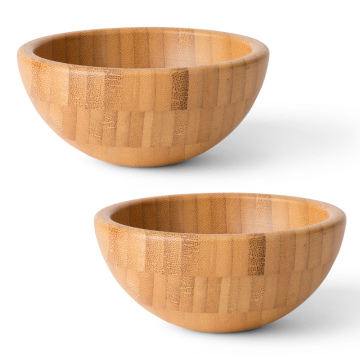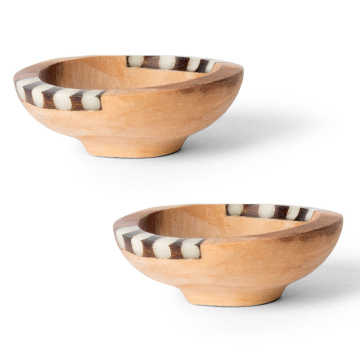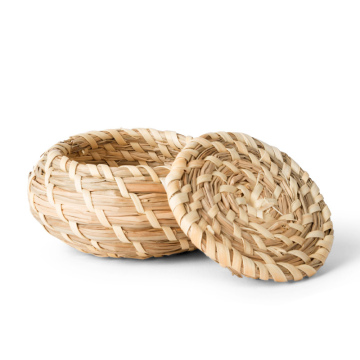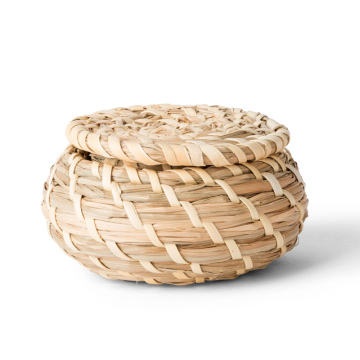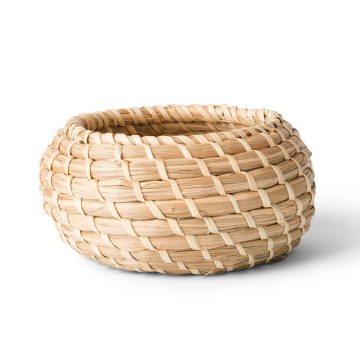Exploring the Origins and Flavor of Tagine, an Iconic Moroccan Dish
Tagine, a traditional and beloved dish from Morocco, stands out not only for its unique cooking method but also for the rich, diverse flavors it brings to the table. The dish is named after the special earthenware pot used to prepare it, which has a conical lid designed to trap steam and allow for slow cooking. The preparation of tagine is a true reflection of Morocco's culinary heritage, influenced by centuries of trade, migration, and cultural exchange. With ingredients like lamb, chicken, vegetables, dried fruits, and an array of aromatic spices, tagine presents a perfect harmony of flavors that has captivated food lovers worldwide. To fully appreciate tagine, one must delve into its origins, understand the culinary traditions behind it, and savor the complexity of its taste.
The Historical Roots of Tagine
The history of tagine is deeply intertwined with Morocco’s rich culinary heritage, which has been shaped by various cultures over the centuries. Moroccan culinary traditions are the result of the blending of Arab, Berber, Andalusian, and French influences, each contributing unique ingredients and cooking techniques. The tagine pot itself has ancient origins, dating back to the Berber people of North Africa. Berbers were known for their resourcefulness in creating pottery, and the tagine pot was designed as an efficient way to cook meals over an open flame while retaining moisture. This innovation became a staple in Moroccan kitchens, where it has been used for generations to prepare hearty, flavorful dishes.
Throughout the centuries, tagine has evolved, with different regions in Morocco adding their unique twist to the dish. Culinary traditions, such as the use of preserved lemons, olives, and a variety of spices, began to shape the distinct flavors of Moroccan tagine. The introduction of ingredients like saffron and cinnamon from trade routes further enhanced the complexity of the dish. Today, tagine is an integral part of Moroccan cuisine, commonly found in family gatherings, festive occasions, and street markets across the country. Its preparation continues to honor centuries-old culinary practices while also embracing modern influences.
The rise of tagine as an iconic Moroccan dish can also be attributed to the global appreciation of North African cuisine. Over the years, culinary explorers and food enthusiasts have been drawn to the vibrant, rich flavors that tagine offers. The dish has become synonymous with Moroccan food, with chefs around the world experimenting with new variations while respecting the traditional techniques that have been passed down through generations. Tagine is no longer confined to Morocco but is now a beloved dish in kitchens worldwide.
Key Ingredients that Define Tagine's Taste
The magic of tagine lies in its ingredients, which come together to create a symphony of flavors that are distinct to Moroccan culinary practices. Commonly, tagine is made with meats such as lamb or chicken, although vegetarian variations are also popular. The slow-cooked meats absorb the spices and aromas, resulting in tender, flavorful dishes. The combination of savory and sweet elements is characteristic of Moroccan cuisine, and tagine exemplifies this balance. Dried fruits like apricots, raisins, or prunes are frequently added to the dish, contributing a sweet contrast to the richness of the meat.
Spices play an essential role in Moroccan tagine, as they define the dish’s complex flavor profile. Common spices include cumin, coriander, turmeric, ginger, saffron, and cinnamon. These spices are not just for flavor but also serve to enhance the culinary experience, creating layers of taste that unfold with each bite. The use of harissa, a spicy paste made from chili peppers, garlic, and olive oil, can also add a kick to the dish, depending on regional preferences. Furthermore, herbs like cilantro and parsley are often used to garnish the dish, adding freshness and depth to the overall taste.
The vegetables in tagine vary depending on the season and availability, with potatoes, carrots, tomatoes, and zucchini being common choices. Root vegetables are often used because they withstand the slow cooking process well and contribute a hearty texture. Olives and preserved lemons are also frequently incorporated, adding tanginess and briny notes that complement the sweetness of dried fruits. The combination of savory, sweet, tangy, and spicy ingredients in tagine creates a truly unique flavor experience, showcasing the diversity of Moroccan culinary traditions.
The Culinary Techniques Behind Tagine Cooking
One of the defining characteristics of tagine is its unique cooking method. The dish is traditionally prepared in a special clay pot called a "tagine," which is designed to retain moisture and allow for slow cooking. The pot’s conical lid helps trap steam, which condenses and returns to the dish, keeping the ingredients tender and flavorful. This method of cooking ensures that the flavors meld together, creating a rich, aromatic stew. The cooking process can take several hours, allowing the meat and vegetables to become infused with the spices and seasonings.
The slow-cooking technique also ensures that the meat becomes incredibly tender. Whether using lamb, chicken, or a vegetarian base, the long cooking time ensures that all ingredients cook evenly and absorb the spices. Moroccan culinary traditions emphasize the importance of patience in cooking, and tagine is a prime example of how slow cooking enhances the depth of flavor. This method of cooking is ideal for dishes that require a long, slow simmer to develop their full potential, which is why tagine remains a popular dish in Moroccan homes.
In contemporary kitchens, tagine can also be prepared in modern cookware, such as Dutch ovens or slow cookers. However, traditionalists still prefer using the clay pot, believing it imparts an authentic taste to the dish. Regardless of the cookware used, the core principle remains the same: tagine is about creating harmony between the ingredients through slow cooking. This culinary technique continues to be passed down through generations, ensuring that the traditional flavors of Morocco remain intact while allowing for new interpretations and variations of the dish.
Tagine as a Social and Cultural Symbol
In Moroccan culture, food is not just about nourishment; it is a social and cultural experience. Tagine is often shared among family and friends, symbolizing hospitality, unity, and tradition. Meals are typically served communally, with everyone gathering around a single dish and using bread to scoop up the food. This communal aspect of dining reflects the importance of family and social bonds in Moroccan society. Sharing a tagine meal is not only a culinary experience but also a celebration of Moroccan hospitality and generosity.
The act of preparing tagine also holds cultural significance. In many Moroccan households, the preparation of tagine is a cherished ritual that involves multiple generations working together. Grandmothers often pass down the techniques and secrets of making tagine, ensuring that the culinary traditions continue. Tagine is also a dish associated with special occasions, including religious celebrations and family gatherings. It is often served during Ramadan, where it is enjoyed at iftar, the meal to break the fast. The significance of tagine extends beyond its flavors; it represents a cultural connection to the land, heritage, and community.
In recent years, tagine has become a symbol of Moroccan cuisine internationally. As more people discover the flavors and history behind the dish, it has gained recognition as a representative of Morocco's culinary identity. Tagine's global popularity has also brought attention to the country’s diverse food culture, inspiring chefs and food enthusiasts to explore other traditional Moroccan dishes. The social aspect of tagine continues to resonate, whether enjoyed in a bustling Moroccan market or at a family gathering in a distant country.
The Global Appeal of Tagine
The appeal of tagine has transcended Moroccan borders, becoming a beloved dish worldwide. With the rise of food tourism and the increasing popularity of Middle Eastern and North African cuisines, tagine has gained recognition as one of Morocco’s culinary treasures. The dish’s versatility and ability to accommodate various dietary preferences, from meat lovers to vegetarians, make it an attractive option for home cooks and professional chefs alike. Tagine’s ability to adapt to different ingredients and cooking methods has allowed it to evolve while maintaining its authenticity.
International restaurants specializing in Moroccan cuisine have contributed to the spread of tagine, showcasing it as a highlight of the culinary world. As chefs experiment with global ingredients and fusion techniques, new variations of tagine continue to emerge. However, despite these innovations, the essence of tagine remains rooted in Moroccan culinary traditions. The dish’s combination of slow-cooked meats, vibrant spices, and aromatic ingredients continues to captivate diners, creating an unforgettable experience for those who enjoy it.
The global fascination with tagine also reflects a growing interest in traditional cooking methods and authentic food experiences. As more people seek to connect with the flavors and stories behind the food they consume, dishes like tagine serve as a bridge to understanding different cultures. In this sense, tagine is more than just a meal—it is a culinary journey that allows people around the world to experience the heart and soul of Morocco through its flavors.
